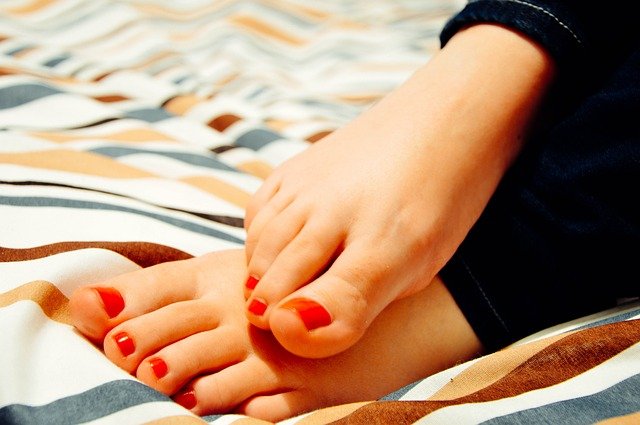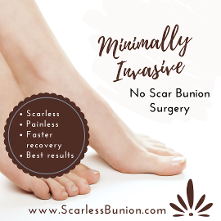A bunion is a bump at the joint of the big toe that can be unsightly and can cause severe foot pain. If you have a family history of bunions or suspect you have this condition, immediate attention should be done.
It is important to know that a bunion is progressive condition, you may not experience any pain or foot deformity now, but if left alone, you may have symptomatic bunion pains sooner. The key to managing bunions is to slow down or better yet stop its progression to prevent it from reaching its painful stages.
Use Comfortable Shoes
Wearing proper fitting footwear can help a lot in slowing down the progression of bunions. Also, there are shoes with wide toe box, this is the area of the shoe where the toes are located. Since these shoes do not compress the toes and joint, they work great for bunions.
Never wear patented leather or tight pointy shoes. These shoes not only irritate bunions and cause pain, they can actually hasten the advancement of a bunion.
Walk Barefoot
Shoes help protect the feet and provide added support. But under normal conditions, our feet don’t really need any support since it is designed to carry our own body weight. Constantly wearing shoes could actually weaken the supporting structures of the feet. A simple solution for this is to walk barefoot from time to time. Walking barefoot stimulates the muscles, tendons and ligaments of the feet that are not being used when wearing shoes, strengthening the foot structures; hence, slowing down the progress of the bunion.
Activities to Avoid
Avoid activities that can aggravate the bunion. Ballet is an activity to avoid, since walking on your tippy toes is obviously not good for bunions. Soccer or football are sports that not really good if you have bunions mainly due to wearing tight, non-stretching shoes.
What to Do With Bunion Pain
Bunion can cause mild to irritating, debilitating pain. Fortunately, there are a lot of non-operative treatments to alleviate bunion pain like taking pain killers, using bunion splints, soft pads, insoles, custom made orthotics, and physical therapy. If pain persists after all non-operative procedures are exhausted, surgery is then considered. Minimally invasive bunion surgery is the best surgical procedure for bunions. It involves minimal pain and swelling, quicker recovery time, and requires a very small incision, leaving a barely visible scar.
For more information on no scar bunion surgery, visit scarlessbunion.com or call (239) 430-3668 (FOOT)
Call (239) 430-3668 (FOOT)
for more information on no scar bunion surgery

